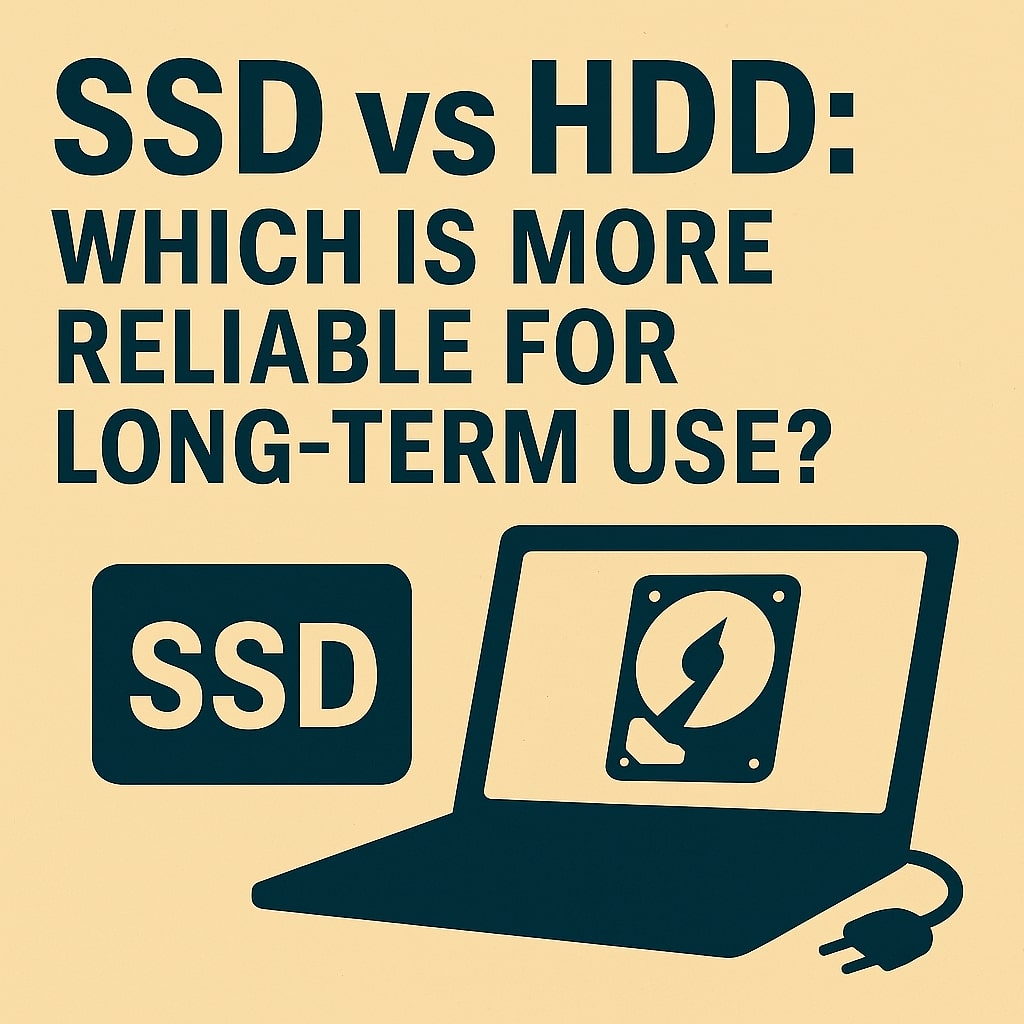Posted On 09 Oct 2025
When choosing storage for your computer, reliability is a key factor—especially for long-term use. Solid-state drives (SSDs) and hard disk drives (HDDs) each have strengths, but which one offers better durability over time?
HDDs have been around for decades and rely on spinning magnetic platters and mechanical read/write arms. While they’re cost-effective and offer large storage capacities, their moving parts make them vulnerable to physical damage, wear, and failure. Drops, vibrations, and even regular use can degrade performance over time. HDDs typically last 3 to 5 years under normal conditions, but failure rates increase with age and heavy usage.
SSDs, on the other hand, use flash memory with no moving parts. This makes them more resistant to shock, heat, and mechanical wear. SSDs also offer faster boot times, quicker file access, and lower power consumption. While early SSDs had limited write cycles, modern models use wear-leveling and error correction to extend lifespan. Most consumer-grade SSDs are rated for 5 to 10 years of use, depending on workload and capacity.
For long-term reliability, SSDs generally outperform HDDs in everyday residential use. They’re less prone to mechanical failure and better suited for laptops, where portability and durability matter. However, HDDs still have a place for archival storage or large media libraries, especially when budget is a concern.
To maximize reliability, always back up important data—regardless of your drive type. Use cloud storage, external drives, or automated backup tools to protect against unexpected failures.
In summary, SSDs are the better choice for long-term reliability in most home computing scenarios. They offer speed, resilience, and longevity, making them a smart investment for users who value performance and peace of mind.









